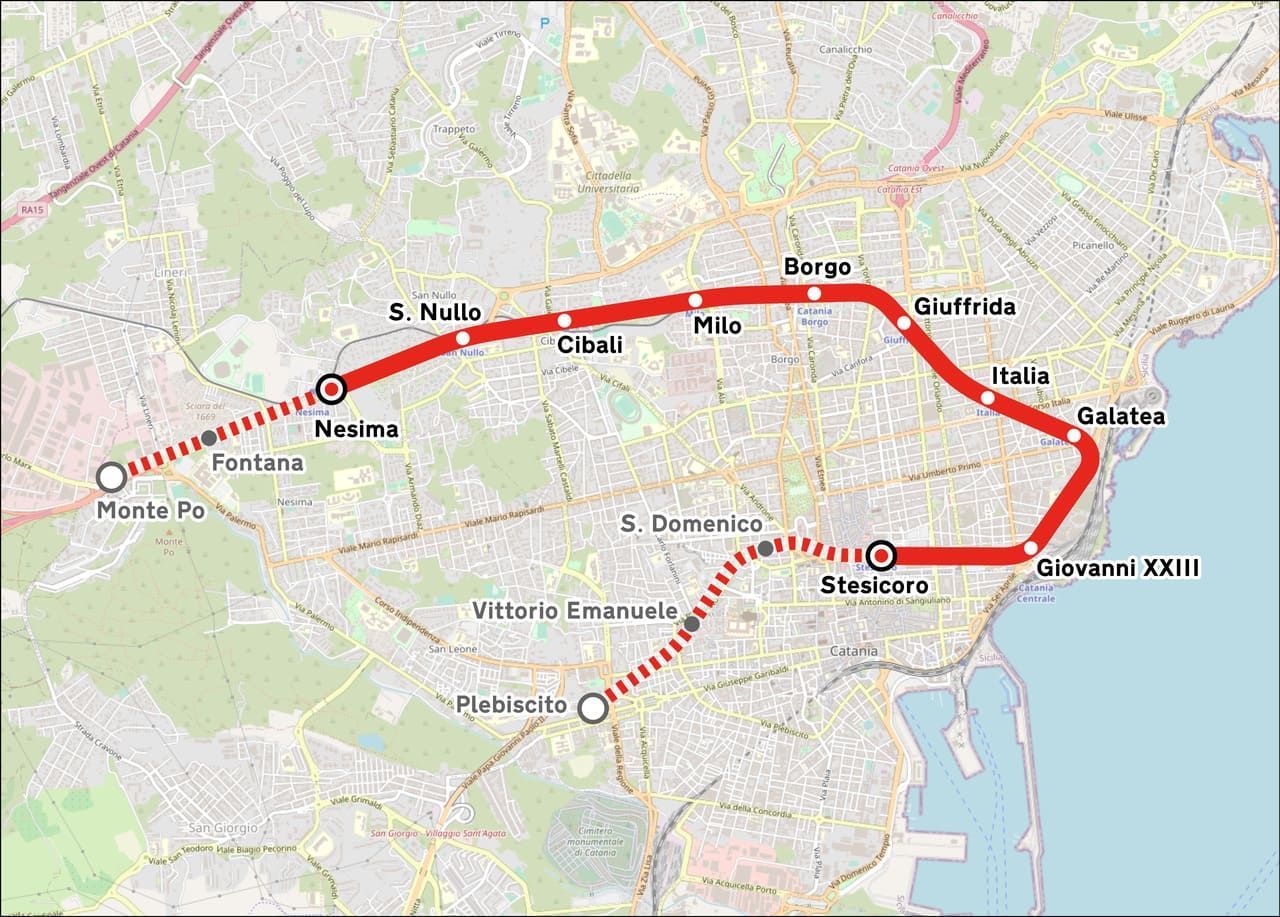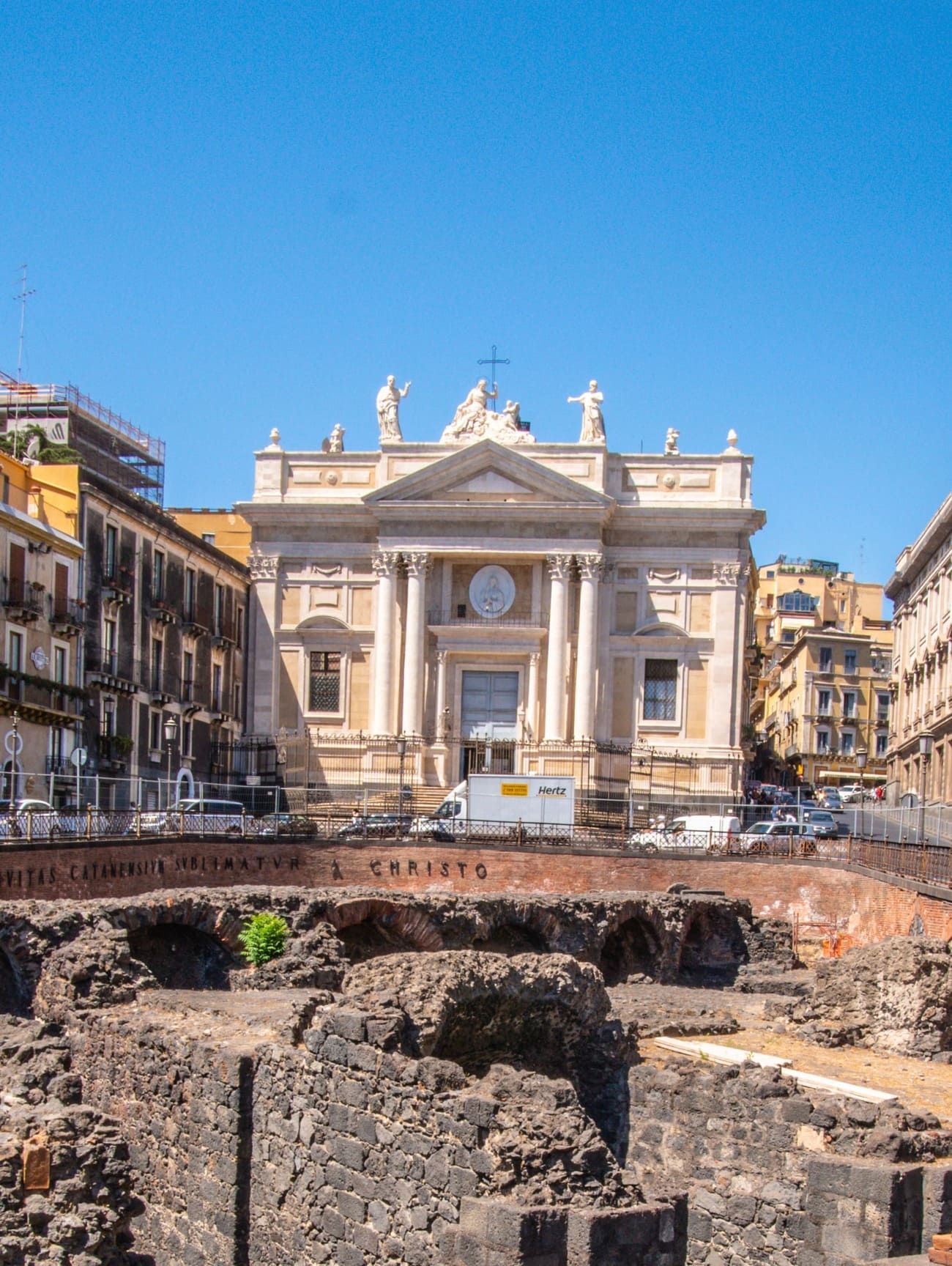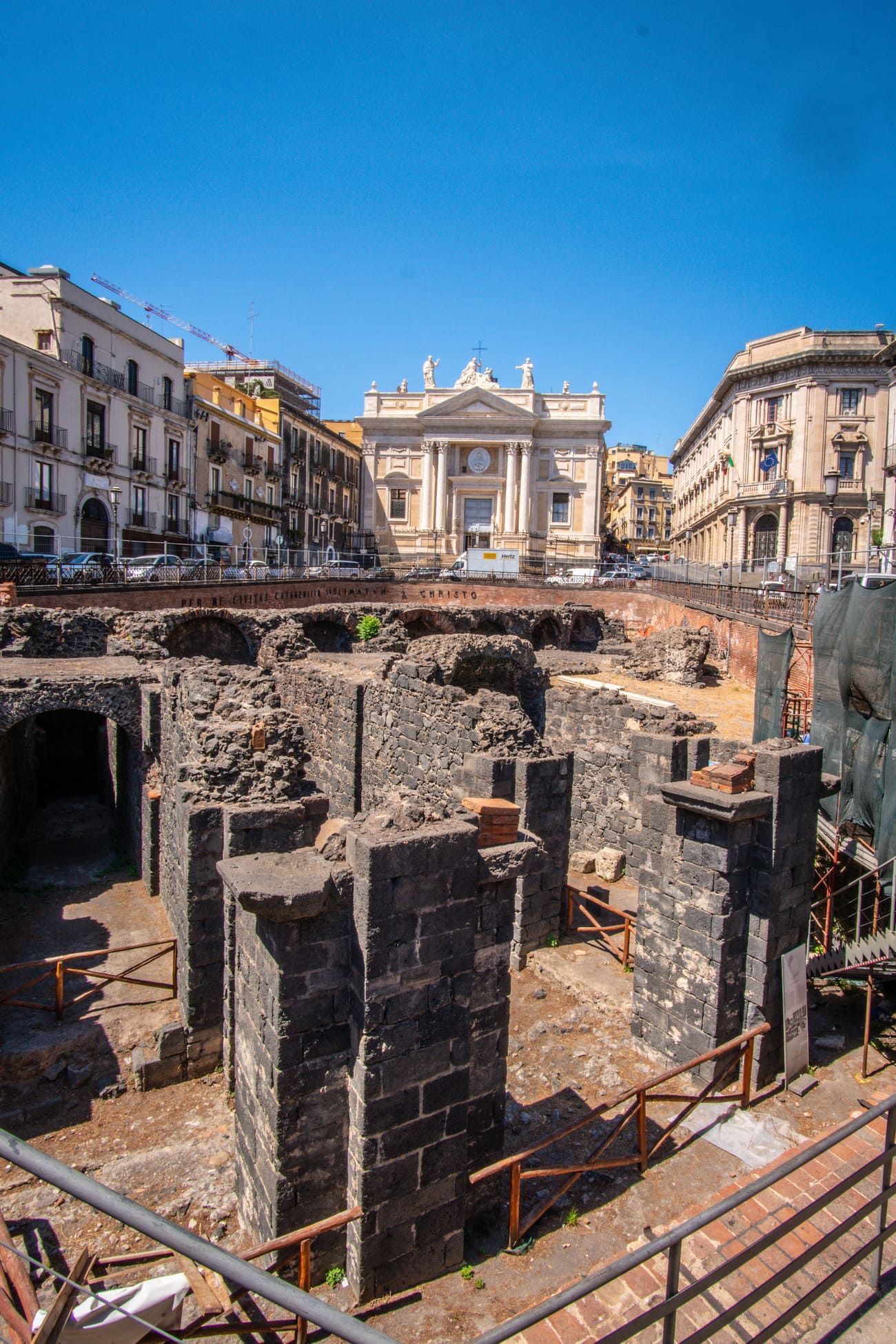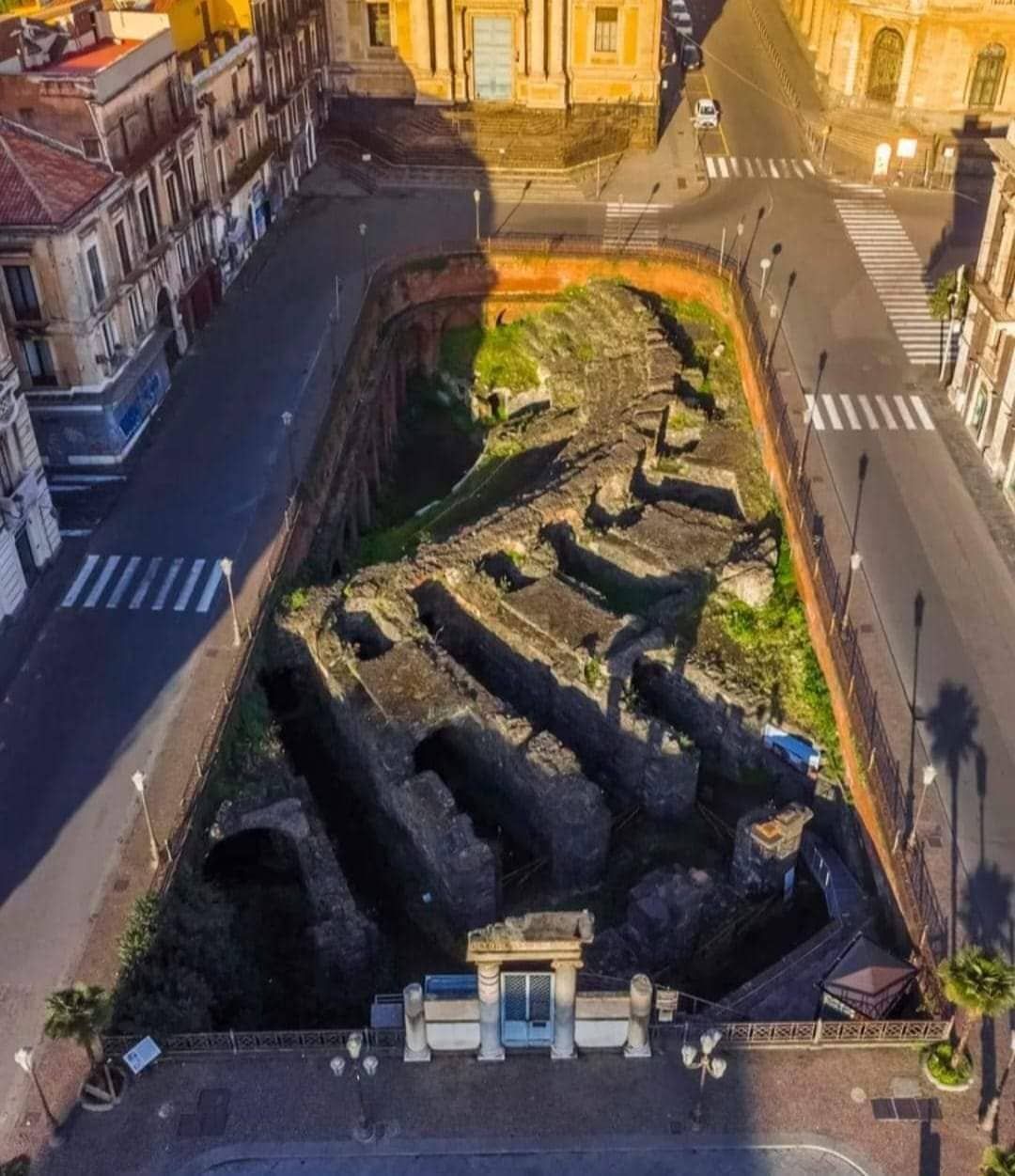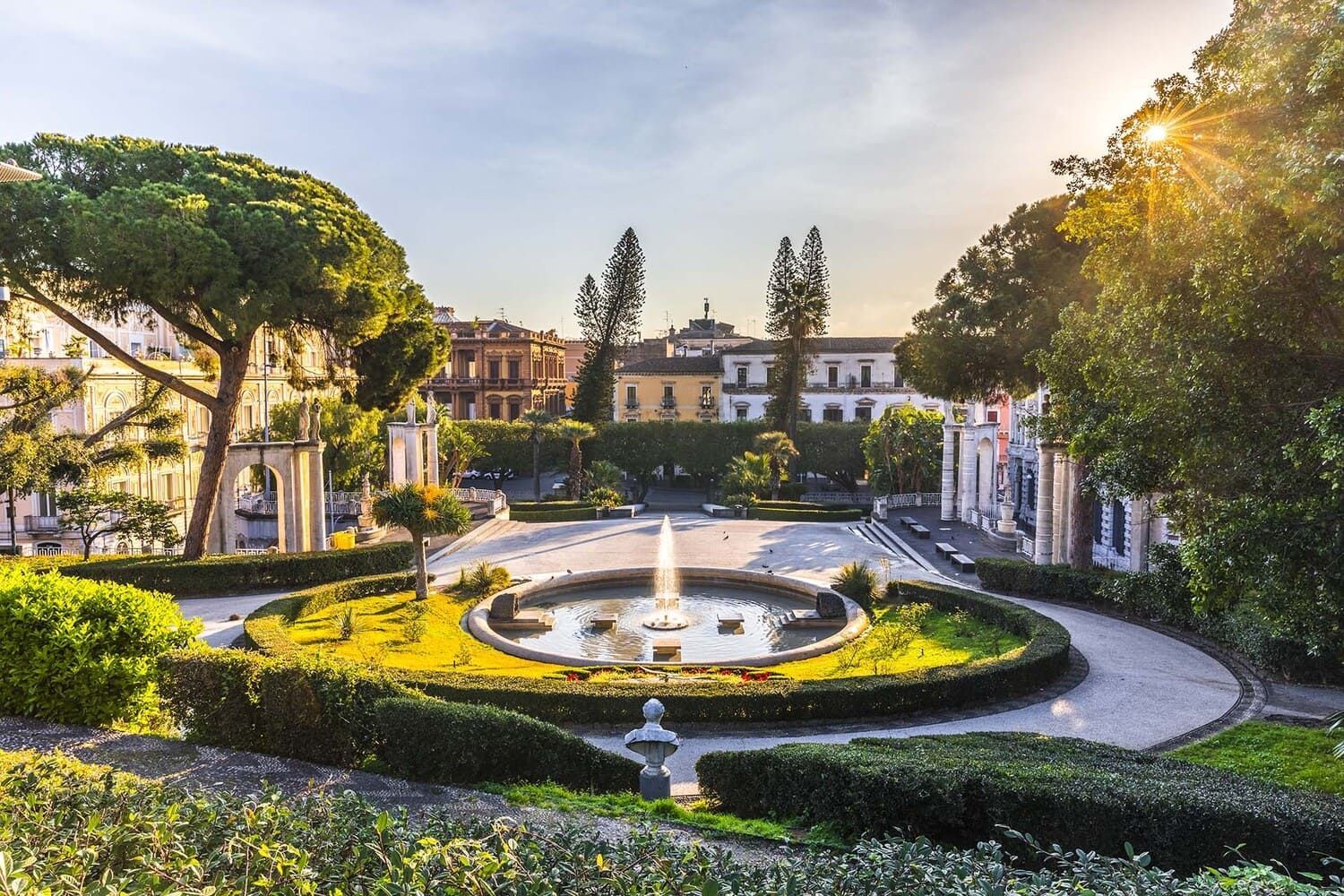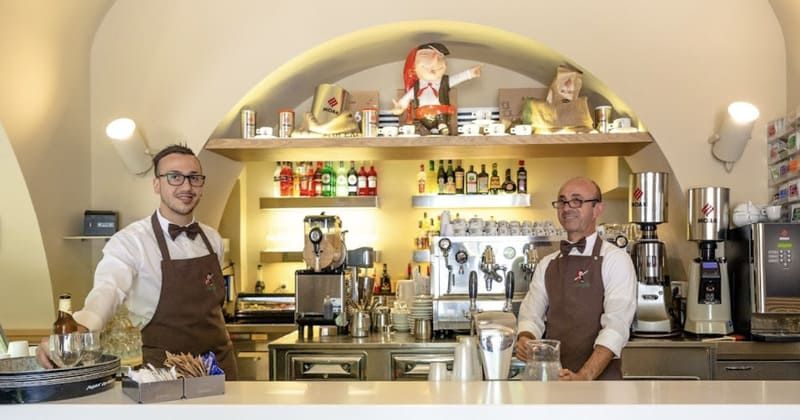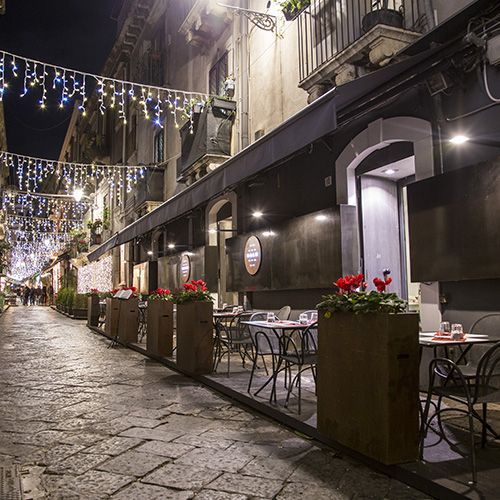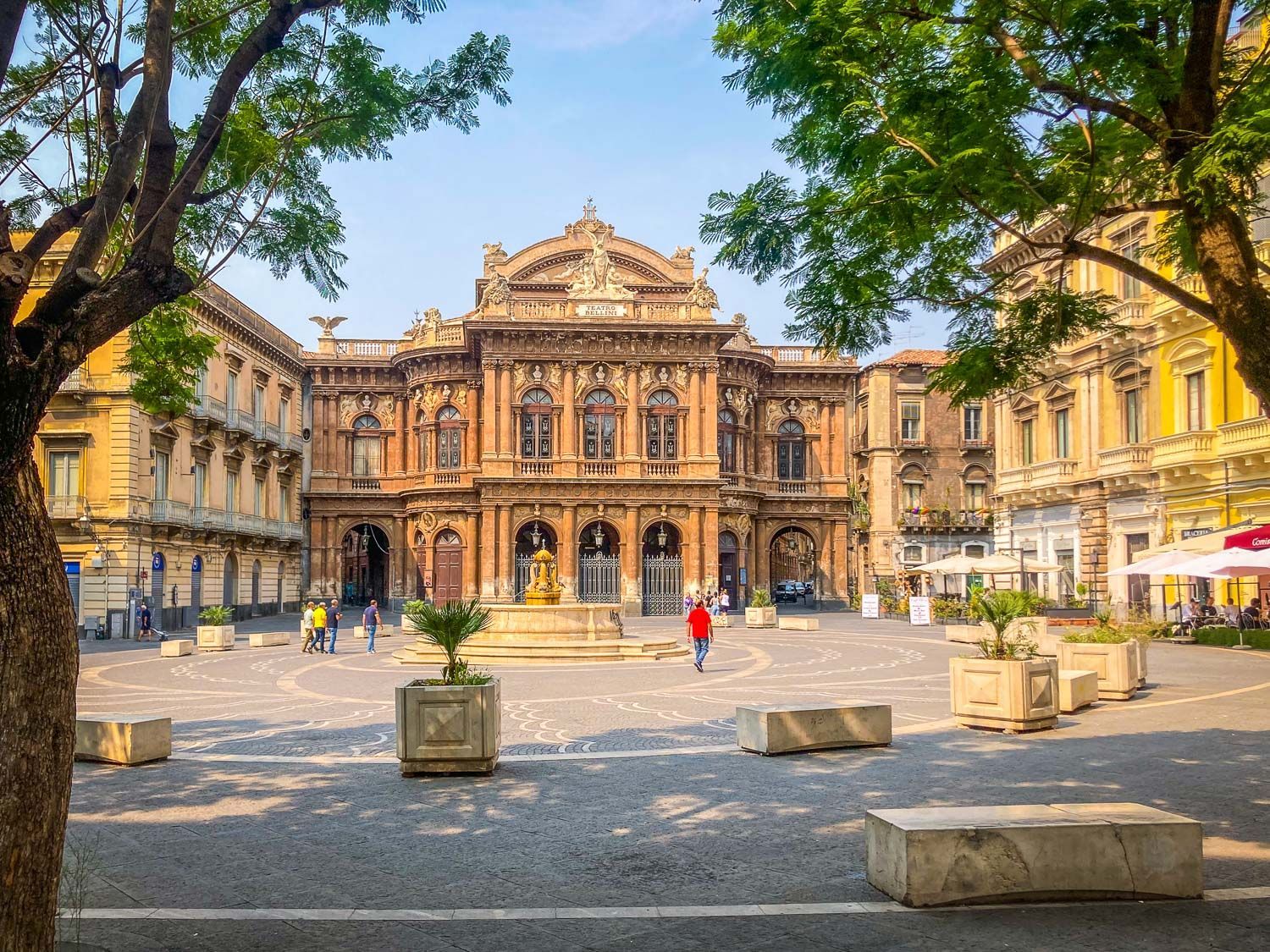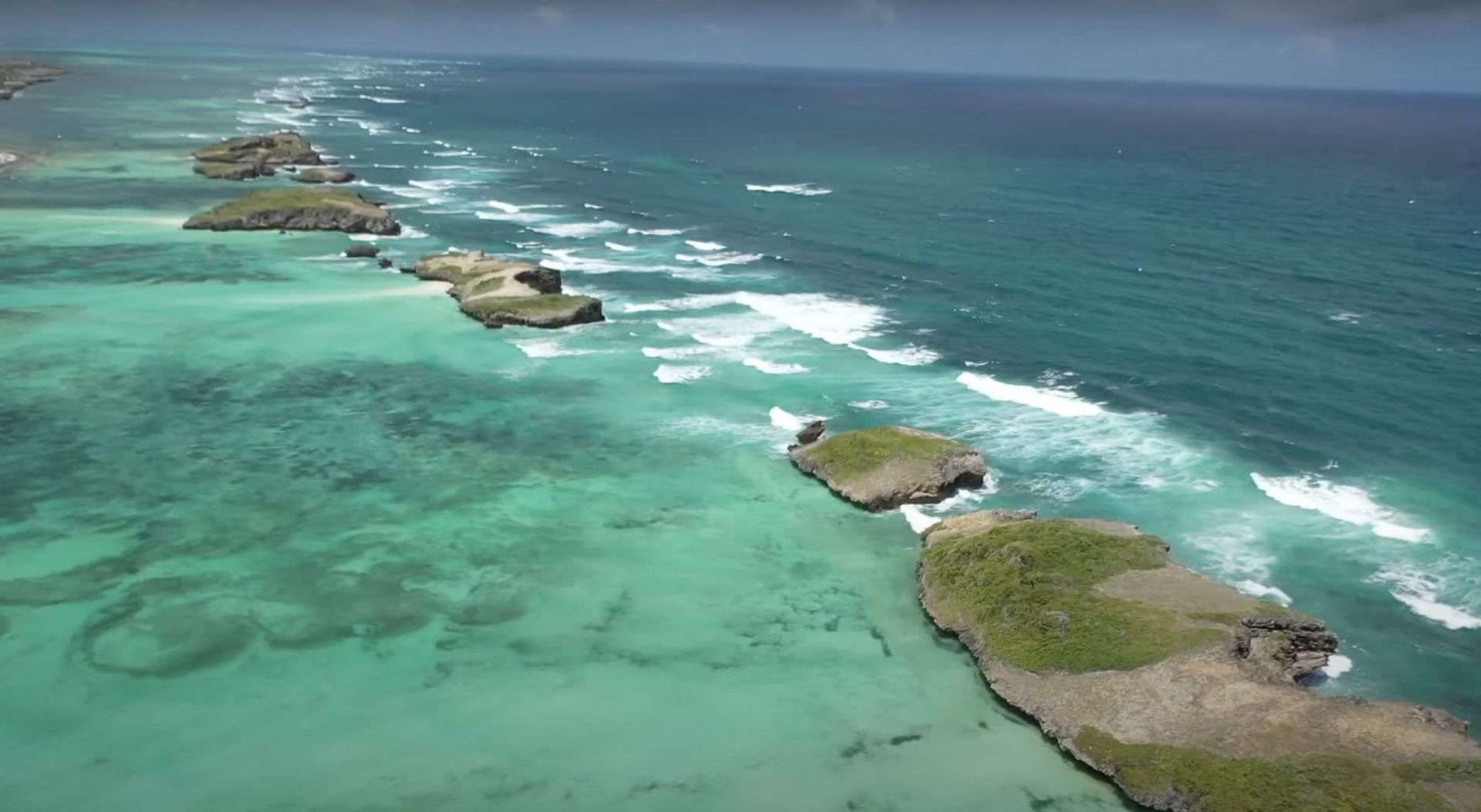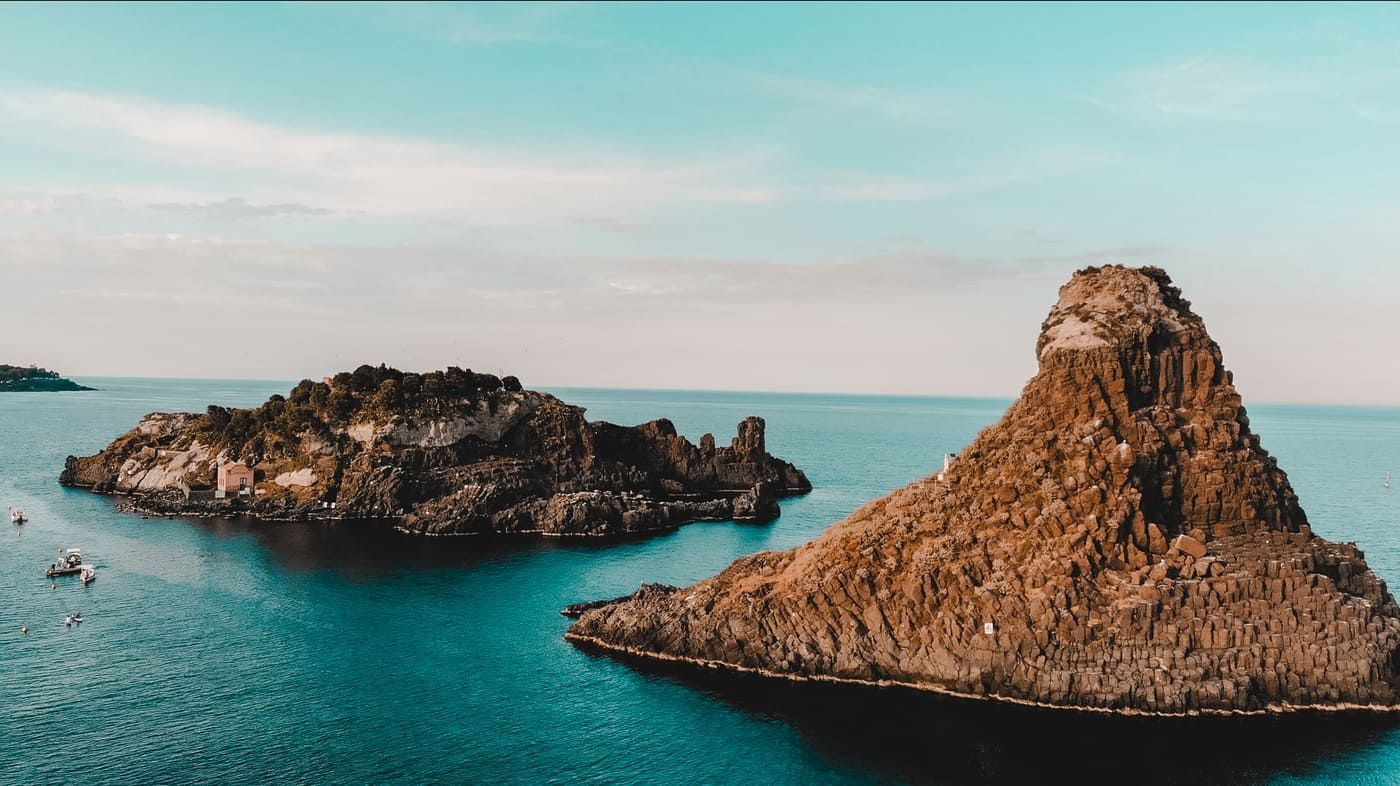The untold stories of the underground world beneath Piazza Stesicoro, Catania
Beneath the Piazza Stesicoro's sun-baked square lies a forgotten world, a labyrinth of tunnels and chambers. Let's share the story
Piazza Stesicoro, 95124 Catania CT, Italy

The untold stories of the underground world beneath Piazza Stesicoro, Catania - the Roman Amphitheatre
You are walking down Via Etnea when your eye catches a window in the middle of the square, revealing an underground world.
You wonder, what is this?
Well, today you'll find out about the story of the second-largest amphitheater of the Roman Empire, second only to the famous Colosseum in Rome.
Beneath the amphitheatre's sun-baked arena in Piazza Stesicoro, Catania, lies a forgotten world, a labyrinth of tunnels and chambers that whisper of a time when gladiators trained in the shadows and beasts awaited their moment in the sun.
So, let's start from the
beginning...
Photo credit- Alessandro Saffo
Table of contents - Navigation
1. The untold history of the Roman Amphitheatre in Piazza Stesicoro
2. What can you visit today of the Roman Amphitheatre in Piazza Stesicoro?
3. The 3 Places to see around the Roman Amphitheatre, Piazza Stesicoro
4. The 6 Best Food and Restaurant around the the Roman Amphitheatre for an Unforgettable Meal
5. Beyond the Roman Amphitheatre, Catania's famous Fish Market
6. Get Around Catania, a guide to public and private transport
1. The untold history of the Roman Amphitheatre in Piazza Stesicoro
Imagine the ground beneath your feet vibrating with the thundering roar of 15,000 spectators. An elliptical arena carved from the very lava that birthed Mount Etna, standing proud amongst giants like the Colosseum and Verona's grand stages.
This, my friend, is the Roman Amphitheatre of Catania, a whispered echo of a forgotten era.
When was the Roman Amphitheatre in Catania built?
Crafted in the first century CE, this architectural marvel was build from blocks of volcanic rock (hence the name the "Black Colosseum").
Imagine its grandeur – lava stone adorned with columns like sentinels, statues frozen in motion, and intricate bas-reliefs whispering stories of forgotten heroes.
Above, a canvas of fabric billowed like a cloud, the velarium, shielding the amphitheatre from sun and rain as gladiators clashed below.
But by the mid-second century, the arena yearned for expansion. Its walls stretched outward, thirsting for the cheers of an even larger crowd. So it was expanded to host about
16000
spectators!
Want to see some rendering on how the amphitheatre looked like? check out
this incredible video below!
A stage for naval battles in the middle of the city?
Within this arena, history unfolded in a kaleidoscope of spectacle. Gladiators locked in fierce combat, their shadows twisting in the dust.
Then, on special occasions, the arena was transformed into an ocean, filled with water through a clever aqueduct.
Wait a second...
really?
Yes, and the Romans used to make shows of fighting vessels, with the crowd going crazy over them.
Triremes clashing amidst foaming waves, the roar of battle echoing beneath the velarium's billowing canvas.
Difficult to imagine, but the Romans were famous for their love for public shows.
Why is the Roman Theatre in Catania now underground?
Time, is a capricious tide. In 1693, a monstrous earthquake swallowed the amphitheatre whole, burying its stories beneath layers of dust and oblivion. For centuries, it lay dormant, a forgotten giant shrouded in myth and legend.
Even buried, the amphitheatre refused to stay silent. Its remnants served as foundations for new buildings, like the Neo-classical facade of San Biagio.
The 18th century saw the first tentative brushstrokes of excavation, promising to lift the amphitheatre from its dusty slumber.
Yet, fate intervened once more. With the Second World War's shadow looming, the arena became a grim bomb shelter, echoing with the clang of steel and the cries of a desperate world.
Finally, in 1997, the amphitheatre rose again, reborn from the ashes. Visitors walked where gladiators once bled, their whispers mingling with the ghosts of history.
But this fragile victory was short-lived. Deterioration and unforeseen challenges forced the arena to retreat once more, a bittersweet closure in 1999.
Today, only a fraction of the amphitheatre peeks above ground, visible from Piazza Stesicoro and Vico Anfiteatro. These fragments, weathered warriors etched by time, stand as a bridge between Catania's past and present.
Legends:
One tale whispers of Mount Etna's fiery eruption in 252 CE, how molten lava flowed around the arena, sparing it from destruction. This legend, woven into the hagiography of Saint Agatha, was later debunked by the cold, hard touch of science. The lava, it turned out, was merely a foundation stone for the Church of San Biagio, a silent guardian nestled above the buried amphitheatre.
This is not just a story of stones and dust; it's a testament to the enduring spirit of a city, forever rising from the ashes, forever echoing with the whispers of its forgotten past.
2. What can you visit today of the Roman Amphitheatre in Piazza Stesicoro?
Today, you can delve into the amphitheatre's past through two main sections: the cavea (seating area) and the ambulatoria (outer passageways). The cavea rises in tiers, showcasing sections of its original elliptical shape and offering a sense of the vastness that once accommodated over 15,000 spectators. Imagine the energy pulsating through these stands as gladiators battled and crowds roared!
Roman Theatre in Catania opening times, cost and guides?
The amphitheatre is typically open Tuesday to Sunday,
from 9:00 AM to 5:00 PM, with last admission at 4:30 PM. Entry costs a modest
€6
for adults and
€3
for reduced admission. Guided tours are available in English and Italian for a deeper dive into the amphitheatre's history and archaeological significance.
Tips for Your visit:
- Wear comfortable shoes for navigating the uneven terrain.
- Bring sunscreen and a hat, as parts of the amphitheatre are exposed to the sun.
- Consider taking a guided tour to gain a deeper understanding of the site's history and significance.
- Combine your visit with exploring Piazza Stesicoro and the bustling streets of Catania for a complete historical and cultural experience.
Additional Information:
- The amphitheatre is currently undergoing restoration work, so some areas may be temporarily closed.
- The amphitheatre is wheelchair accessible to a limited extent. Please contact the park in advance for specific information.
Want to trek ETNA, the tallest Active Volcano in Europe with a Certified Guide?
-Trekking Equipment provided
-Hotel Pickup
-Non-Touristic Route
-Adventure filled
Roman Amphitheater of Catania, Piazza Stesicoro, CT
Piazza Stesicoro, 95124 Catania CT, Italy
Sunken ruins of a large Roman amphitheater in the middle of Catania built around 300 BCE.
Opening times:
Open Daily: 9am-5pm
Entry Fee to the lower grounds:
- €6 for adults
- €3 for reduced admission
🍘 Want a list of the Best Street Foods in Catania and where to find them? Read the article here!
5. The Fish Market in Catania
Stacks of Octopuses, Red Prawns, Lobsters, oyster crates.
Mollusks, cockles, and clams squirt water into the air while you can admire exquisite arrangements of Red Tuna and Swordfish.
The smoke of roasted artichokes and peppers fill the air. Spices, herbs, fish and the experience in one of finest of Sicilian Markets.
Read about the famous Fish Market in Catania

👀 You might want to read these...
OUR EXPERIENCE
Want to Trek Etna - tallest active vulcano in Europe?
Live an unforgettable experience trekking the tallest active volcano in Europe!
We fell in love with this excursion. The trek makes you feel like you're on a different planet, with drastic landscapes
.
Sergio is a fantastic experienced guide, he will pick you up from your hotel on a 4WD, provide you with extra safety equipment and guide you through the fantastic trek.
6. 🚆 Get Around Catania - Transportation
Want to get around Catania? Here's some options for you handy so you can always get to your destination in the best way.
🚕
Taxi Service 24/7 Radio Taxi:
Click to call +39 095 8833
Click to Whatsapp +39 342 073 6541
🚗
Rent a car at Catania Airport:
(Recommendations Based on Online Reviews)
- Centauro Nolo Auto:
Click to call +39 068 3662959
Open in Google Maps
- D'Urso Rent Catania (no credit card required):
Click to call +39 348 551 8634
Open in Google Maps
- Zeronove Bike Rental & Repair:
Click to call +39 375 626 8655
Open in Google Maps
- D'Urso Rent Catania (no credit card required):
Click to call +39 095 218 0438
Open in Google
Maps
🛴
Electric Scooters Catania:
The electric scooters are all around Catania. You can download the apps, connect your credit/debit card and you're ready to ride!
Price: Rides cost about 0.25-0.30 per minute, plus an unlock fee depending on the app.
I use Dott's 2 rides pass, or weekly pass, and it saves a lot !
The 3 main apps are:
Dott: Better and more affordable passes, wide range in the city.
Download the app with this referral link, and you'll get a Free Ride! (after you complete one) https://referral.ridedott.com/M9V8WHA
Lime:
More comfortable Scooters, but you pay slightly more.
Download the app with this referral link, to get a reward:
https://lime.bike/referral_signin/RCRFX7E
Helbiz:
wide range in the city, comfortable rides.
🚄 Public Transport
🚌 AMTS City Buses: you can find the tickets on the 'Tobacco shops' with a 'T' sign outside, then you can find informations to move around easily on Google Maps.
Price:
1 Euro for every 90 minutes (timer starts after you validate your ticket on the bus)
🚃 Metro Trains Underground: Catania metro system is very easy to navigate. It has only 9 stations, and it takes 25 mins to go all the way from first to last station.
Metro does operate every day excluded Sunday or public holidays. Train run every 10 min from 8.30 a.m. until 3.00 p.m. and than every 15 min until the end of the service at 9.00 p.m. On Saturdays, service runs until midnight. Ticket per 90 min costs 1 eur.
Price: Day ticket is 2 Euros and may be purchased at ticket machine at every station.
